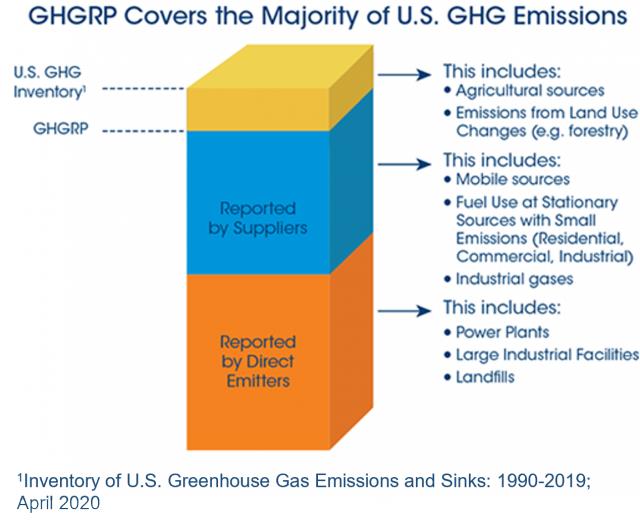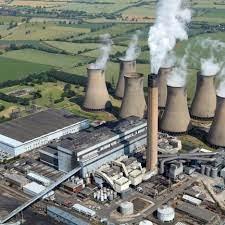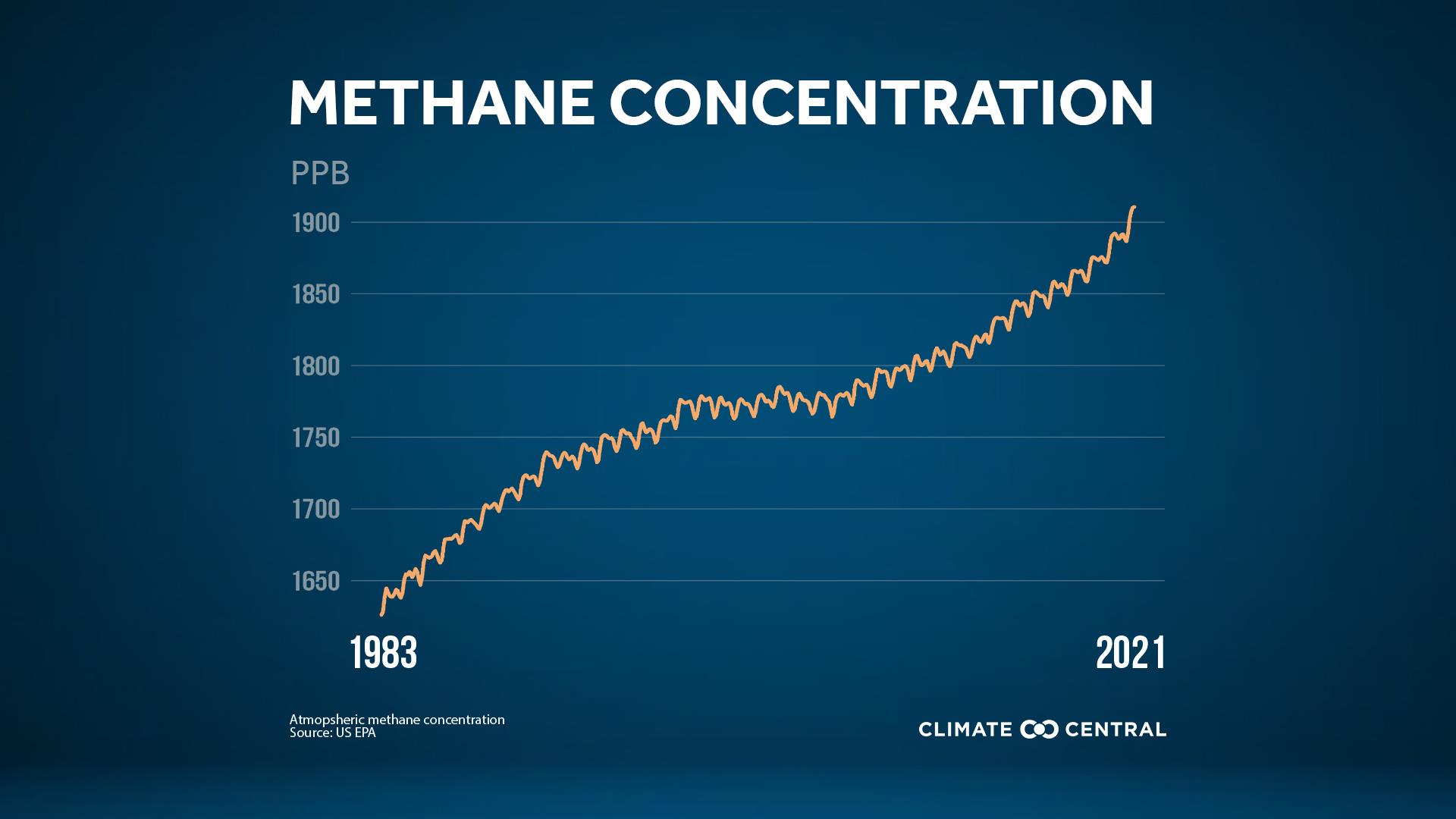Industrial Greenhouse Gas Emissions Involve More than Carbon Dioxide
|
11/26/2022 |
|
 According to self-reported emissions data provided to the U.S. Environmental Protection Agency (EPA), greenhouse gases released from major industrial sources increased by 4.1 percent in 2021, compared to the previous year. Total emissions, representing 2.7 billion metric tons of carbon dioxide equivalent, were generated by 8,100 required reporting locations producing more than 25,000 metric tons of carbon dioxide equivalent annually. It is estimated that greenhouse gas emissions reported under the obligatory reporting program, represented half of all U.S. releases. According to self-reported emissions data provided to the U.S. Environmental Protection Agency (EPA), greenhouse gases released from major industrial sources increased by 4.1 percent in 2021, compared to the previous year. Total emissions, representing 2.7 billion metric tons of carbon dioxide equivalent, were generated by 8,100 required reporting locations producing more than 25,000 metric tons of carbon dioxide equivalent annually. It is estimated that greenhouse gas emissions reported under the obligatory reporting program, represented half of all U.S. releases.
Climate News recently highlighted the largest emitters of carbon dioxide and other potent greenhouse gases:-
- The James H. Miller coal-fired plant in Quinton, AL, operated by the Southern Company, emitted 20.8 million metric tons of carbon dioxide in 2021. The utility plans on reducing coal-fired generation by 80 percent by 2028, although the James H. Miller plant will continue in operation albeit with some form of abatement.
 The Bailey Mine operated by Consol Energy, in southwest Pennsylvania, released 90,000 tons of methane in 2021. This quantity of greenhouse gas is equivalent to the pollution produced by 1.6 million automobiles. Landfills also contributed to methane emission with a Sampson County, NC. location operated by GLF Environmental responsible for release of 1,600 million metric tons of methane, annually. The Bailey Mine operated by Consol Energy, in southwest Pennsylvania, released 90,000 tons of methane in 2021. This quantity of greenhouse gas is equivalent to the pollution produced by 1.6 million automobiles. Landfills also contributed to methane emission with a Sampson County, NC. location operated by GLF Environmental responsible for release of 1,600 million metric tons of methane, annually.
- Nitrous oxide is released by numerous chemical plants synthesizing plastics and industrial chemicals. The Ascend Performance Materials plant in Cantonment, FL., released 24,000 metric tons of nitrous oxide from the production of adipic acid. This is an exceptional quantity compared to other U.S. chemical plants. On an equivalent weight basis, nitrous oxide is 250 times more damaging than carbon dioxide and the nitrous oxide emission from the plant was equivalent to the release from 1.5 million automobiles. Similar plants in the E.U. and the U.S. have installed abatement technology to reduce nitrous oxide emissions. The Company plans on reducing release of nitrous oxide by 50 percent by 2025 and plans on reducing greenhouse gas emissions by 80 percent by 2030.
- Hydrofluorocarbons are 15,000 times more potent than carbon dioxide as a greenhouse gas. The Chemours plant in Louisville, KY., released 180 metric tons of HFC-23, equivalent to the annual emissions of 550,000 automobiles. The company is now installing equipment that will abate release in accordance with a 2021 EPA directive.
- Sulfur hexafluoride (SF6) is 25,000 tons more damaging to the atmosphere than an equivalent quantity of carbon dioxide. The gas is used in high voltage circuit breakers and installations, including American Electric Power released 18 tons of SF6 across ten states, equivalent to the greenhouse gas emissions of 100,000 automobiles. Currently, 88 U.S. utilities are following an EPA program to reduce emissions, although Duke Energy, with the highest leak rate of 6 percent annually, is not participating in the program and is apparently “working to learn more about the technology and reconsidering involvement” according to a spokesperson cited by Climate News.

- Methane released from gas storage is almost completely preventable. The Petal Storage station in Petal, MS., released 2,500 tons of methane in 2021, approximately half the quantity generated in 2020. Affordable Pipeline Partners, the operator of the relatively small facility, is actively but belatedly working to reduce methane release. (more information on this facility can be retrieved by entering “Petal” in the SEARCH block)
Intensive livestock agriculture is frequently blamed by environmental activists for release of methane from dairies, hog farms, feed lots and as a result of improper disposal of animal waste. The Administration has identified sources of methane release and will intensify action to reduce emissions by the petrochemical industry and from landfills and mines.

|
|
|